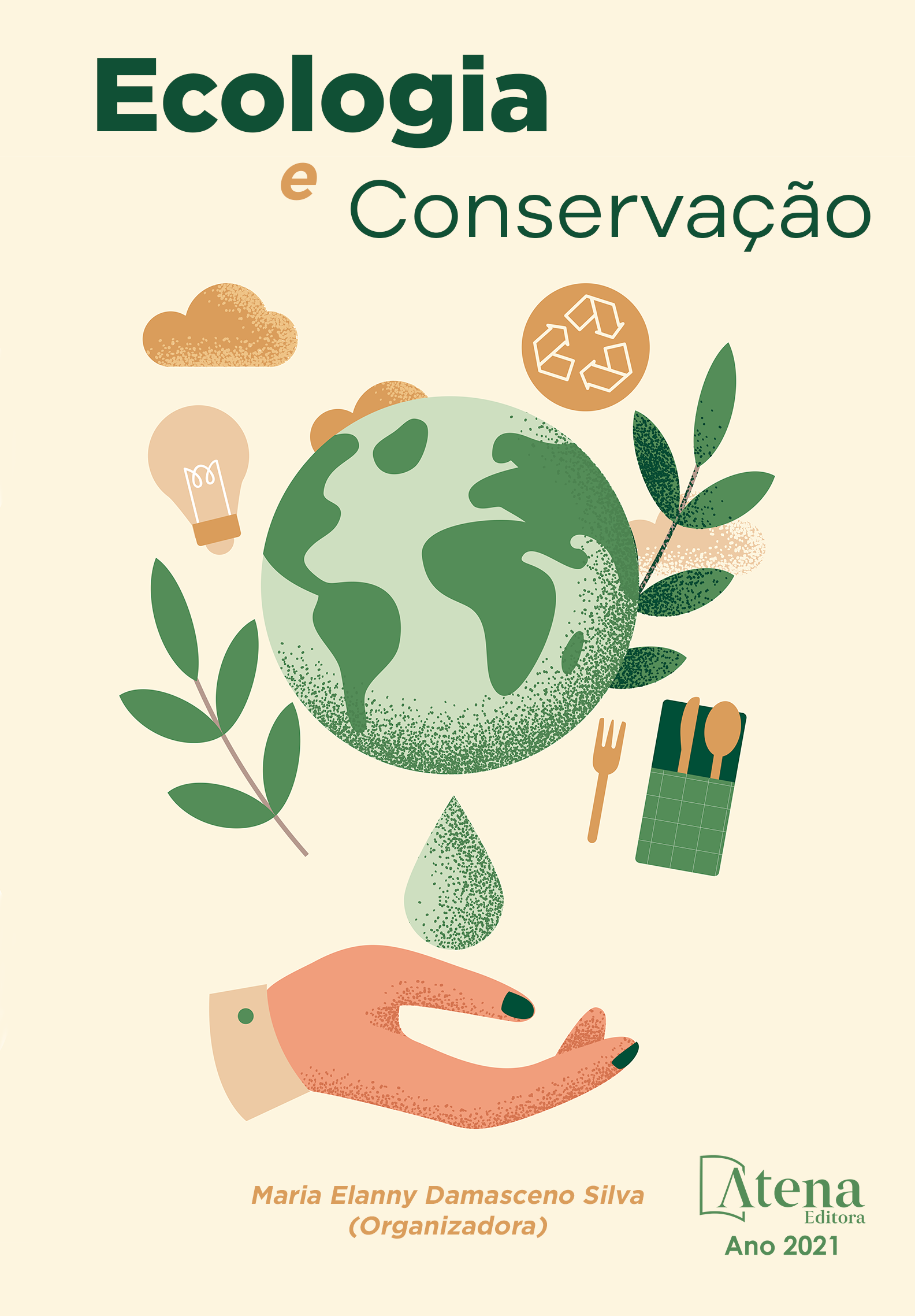
A FERRAMENTA CULTURAL “SANTA CRUZ” ADERENTE À CONSERVAÇÃO
Este trabalho testou a hipótese de nucleação por abandono de nichos de descarte de peças sacras de gesso no Hotspot Mata Atlântica de Jacob e Sena (2016). Para tanto, foi analisada alterações fitossociológicas e florísticas em lócus de expressão cultural-religiosa denominada por Santa Cruz, na região Metropolitana do Vale do Paraíba, São Paulo. Nesses altares religiosos são depositadas peças sagradas de gesso e, em geral, estão localizados ao longo de rodovias que cortam o Bioma Mata Atlântica. Foram selecionados três locus de trabalho em Lorena, Guaratinguetá e Cunha, todos municípios do Estado de São Paulo. Foram feitos registros fotográficos sistematizados que orientaram a demarcação dos locus para coleta da amostragem da vegetação. Delimitou-se cinco quadrantes demarcados em 1 m² ao redor da área de cobertura da Santa Cruz, sendo central (Quadrante C) de deposição das peças e dois em cada lateral (todos paralelos às margens da rodovia) – nos quadrantes sem Santa Cruz as medidas foram análogas. Realizada coleta de espécies de fevereiro a maio de 2017. Medidas analíticas compreenderam: similaridade (índice de Jaccard), diversidade (índice de Shannon-Wiener), abundância (inventário de indivíduos por quadrante e frequência relativa). Sobre a similaridade houve comportamento distinto para cada locus. Quadrante C apresentou diversidade entre espécies (1,634; 1,676; 1,712 respectivos por Santa Cruz) e maior abundância. Conclui-se ampliação da abundância e diversidade das espécies que compõem micro-habitats formados pelas Santas Cruzes, potenciais à nucleação por abandono, ratificando a hipótese de Jacob e Sena (2016).
A FERRAMENTA CULTURAL “SANTA CRUZ” ADERENTE À CONSERVAÇÃO
-
DOI: 10.22533/at.ed.0452109027
-
Palavras-chave: Nucleação, Etnobotânica, Hotspot, Mata Atlântica, Ecologia Humana
-
Keywords: Nucleation, Ethnobotany, Hotspot, Mata Atlântica, Human Ecology
-
Abstract:
This work tested the hypothesis of nucleation by the abandonment of gutter disposal niches in the Atlantic Forest Hotspot of Jacob and Sena (2016). Phytosociological and floristic alterations were analyzed in a cultural-religious expression locus denominated by Santa Cruz, in the Metropolitan region of the Paraíba Valley of São Paulo. Sacred pieces of plaster are deposited on these religious altars, and are generally located along highways that intersect the Atlantic Forest Biome. Three working loci were selected in Lorena, Guaratinguetá and Cunha, all municipalities in the State of São Paulo. Systematized photographic records were used to guide the demarcation of the locus to collect the vegetation. Was delimited five quadrants demarcated in 1 m² around the area of Santa Cruz, being central (Quadrant C) of deposition of the pieces and two in each lateral (all parallel the edges of the highway) - in the quadrants without Santa Cruz measures were analogous. We collected species from February to May 2017. Analytical measures included: similarity (Jaccard index), diversity (Shannon-Wiener index), abundance (inventory of individuals per quadrant and Relative frequency).Regarding the similarity, there was a distinct behavior for each locus. Quadrant C showed diversity among species (1,634, 1,676, 1,712 respective by Santa Cruz) and greater abundance. It is concluded an increase in the abundance and diversity of the species that make up micro-habitats formed by the Santa Cruz, potential to nucleation by abandonment, ratifying the hypothesis of Jacob and Sena (2016).
-
Número de páginas: 14
- Julierme de Siqueira Farias
- Paulo Sérgio de Sena
- Ewerton da Silva Fernandes


